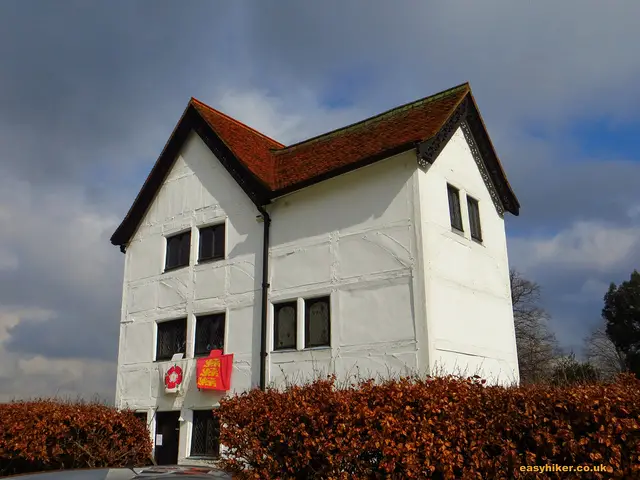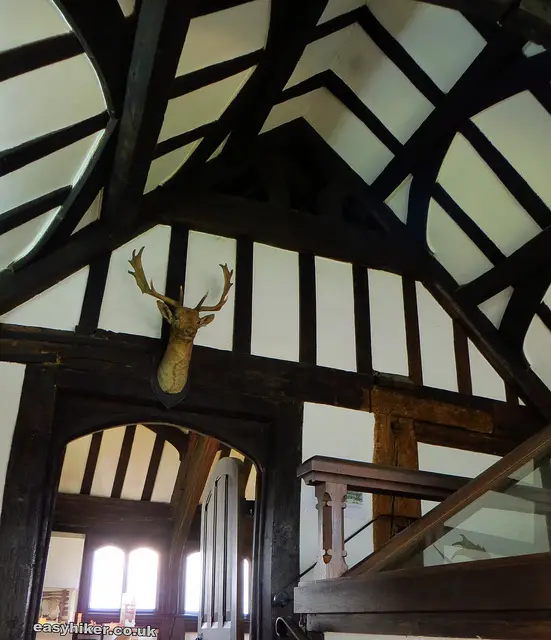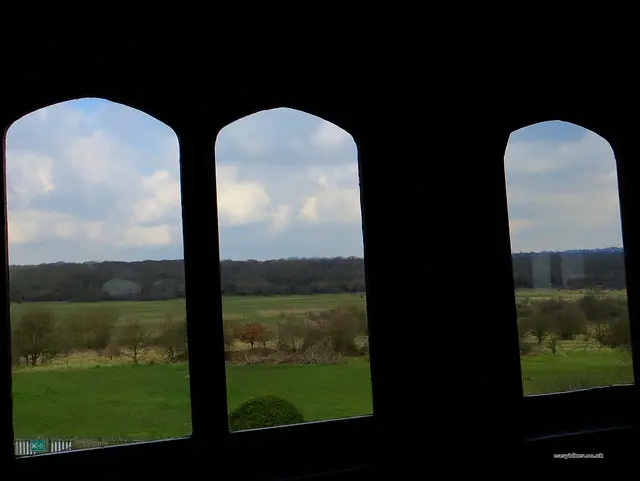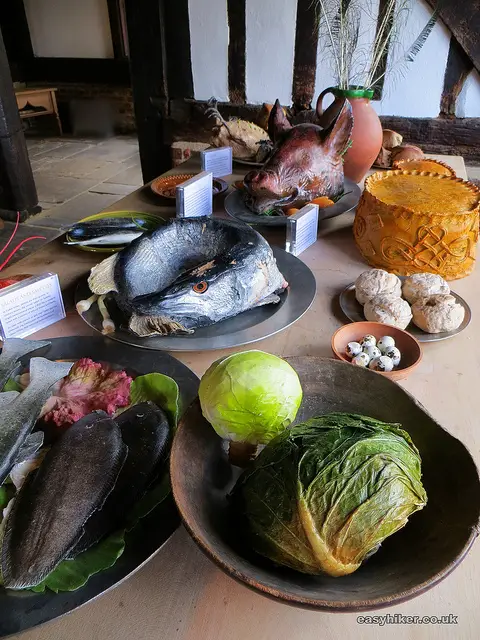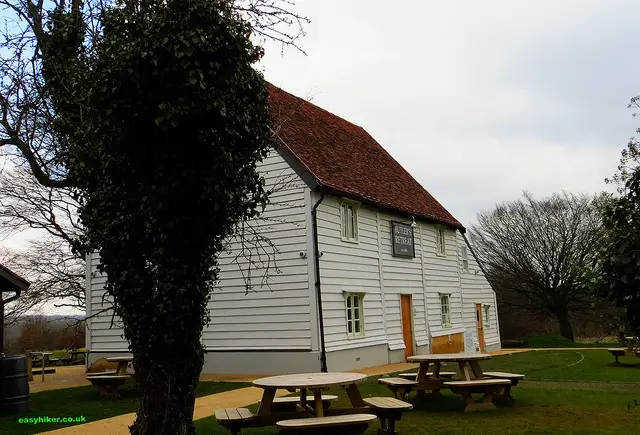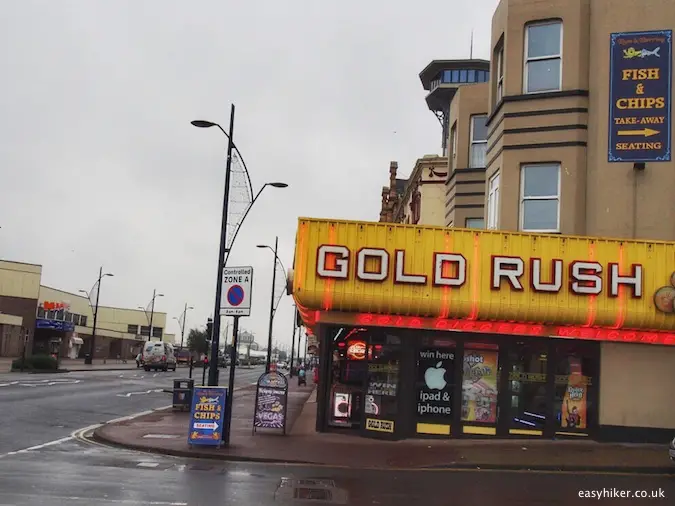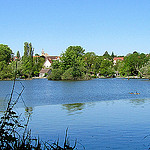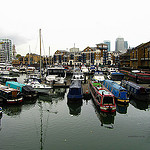A Tudor Hunting Lodge
If you go hiking in the Epping Forest on the Eastern outskirts of London, you should not miss Queen Elizabeth’s Hunting Lodge.
It’s a bit of a gem, really. Even in central London, there are very few original Tudor houses that have been as well preserved and that can really give you an idea of how life was lived in the 16th century. On top of that, it is so far away from the common tourist trail that you must be unlucky not to have it all to yourself when you arrive.
In fact, there are so few visitors on ordinary weekdays (although the entrance is free) that the building is not continuously staffed. If you find the door locked on arrival, you can go next door to The View, the Epping Forest visitors centre, and the attendants will be pleased to open the Lodge for you.
The Lodge was originally built for Henry VIII in 1543 and renovated for Elizabeth in 1589, although it is unknown whether either monarch ever actually used it. While it is therefore questionable whether the lodge can be rightfully called “Queen Elizabeth’s”, the term “hunting lodge” is downright misleading, because such “hunting lodges” were generally places where the hunters could eat, sleep and rest after a long day out in the woods.
This building, conversely, was constructed as a grandstand from which the royals and their guests could follow the hunts across the surrounding plain and even participate.
At the time, the upper floors were open on all sides, without windows or walls (just the naked timber frame). The idea was that the royal servants chased deer out of the forest into the plain where the royal hounds would already be waiting for them – and any animal able to outrun the hounds would then become the object of some crossbow “target practice” from the Lodge. (So much for the famous British idea of “fair play”.)
At any rate, fun and games did not last for long in the Epping Forest, because we know from old documents that the Lodge was used as the local courthouse as early as in 1608 – which means that by then the walls on the upper floors must have already been filled with solid panels.
From the exhibits in the Lodge you can tell that the building was entirely covered in plaster for the following centuries – until, in Victorian times, it was apparently felt that it did not look sufficiently Tudor, and a large additional timber frame was built around it.
Today, this “mock-Tudor” frame has been removed, and the Lodge looks its old self again, having been replastered in the “traditional way” with old-style materials and finished with an authentic lime wash coating.
The building is full of interesting exhibits, mainly although not exclusively addressed at school kids. (There is a warning sign on the stairway that says “Don’t run!”). The ground floor is decked out as though they were expecting a large Tudor-style dinner party to start at any moment.
We learn that in Tudor times, dinners were an opportunity to demonstrate wealth, and that the walls in many homes would have been adorned with paintings showing the family in front of an opulent meal. The information panel points out that this was tantamount to “framing and displaying your bank account”. Today, we are not so vulgar anymore, of course – preferring to decorate our homes with original works of art, designer furniture and state-of-the-art-technology.
Queen Elizabeth’s Hunting Lodge is well worth a visit in its own right, even if you don’t intend to go hiking in near-by Epping Forest.
In either case, you should wrap up your visit with a trip to “Butler’s Retreat” just a few metres away, also a listed building albeit one from a different period: Butler’s was constructed as one of originally a dozen or so “forest retreats” after Queen Victoria had opened up the Epping Forest to the public in 1878.
There may be no museum there, but the upside is that the “exhibits” on the ground floor, although less grand than those for the Tudor feast at the neighbouring Lodge (mere cakes and sandwiches), are actually edible – and delicious, too.

